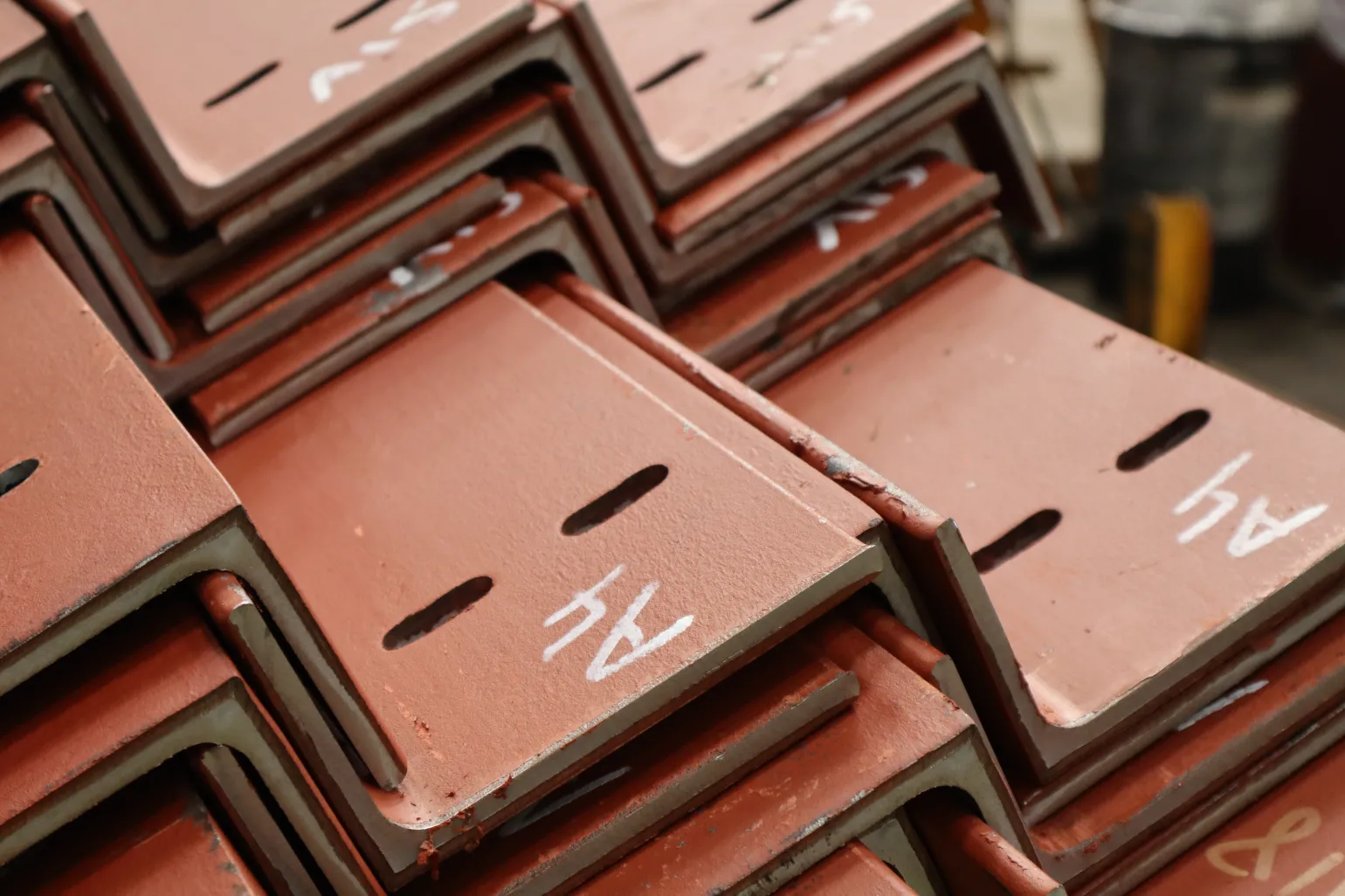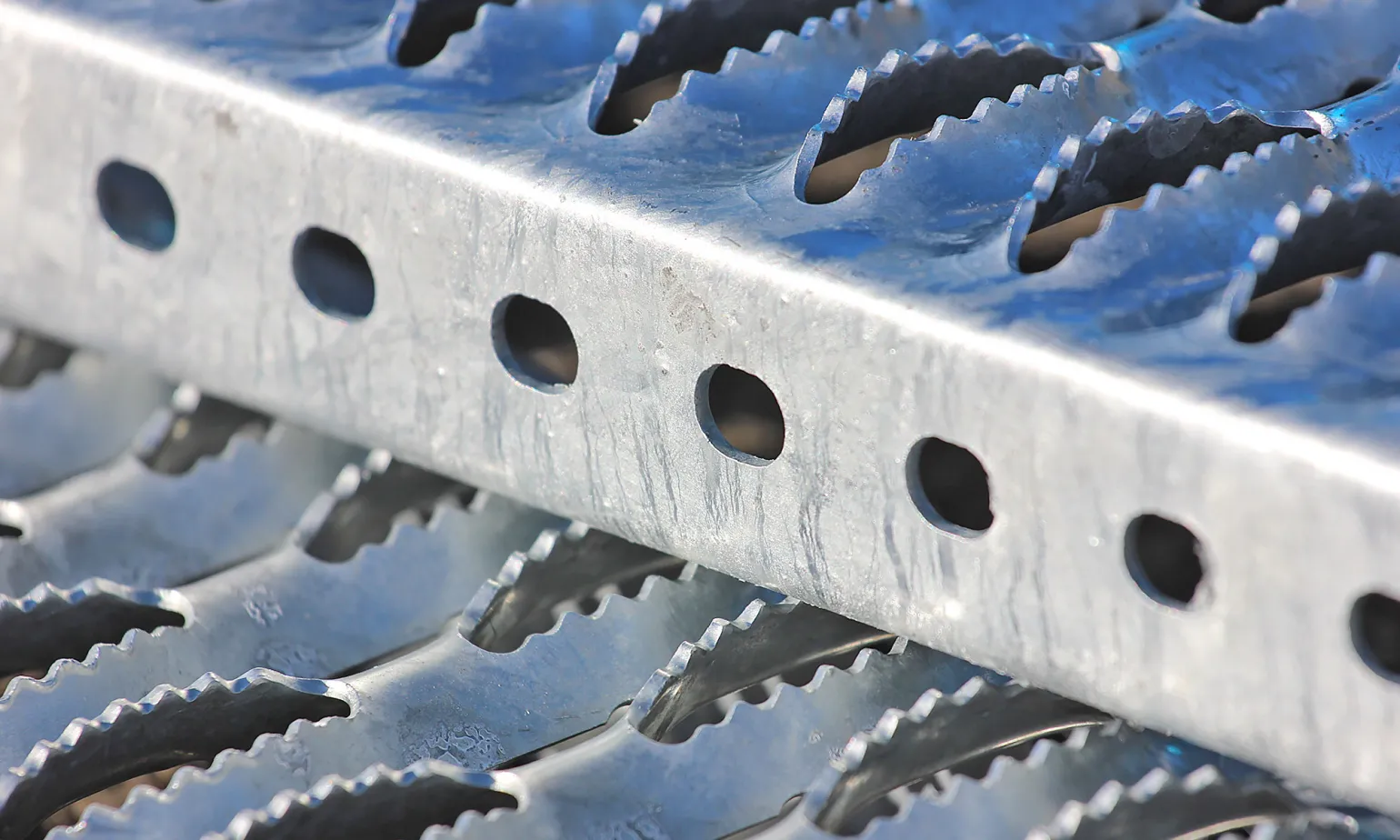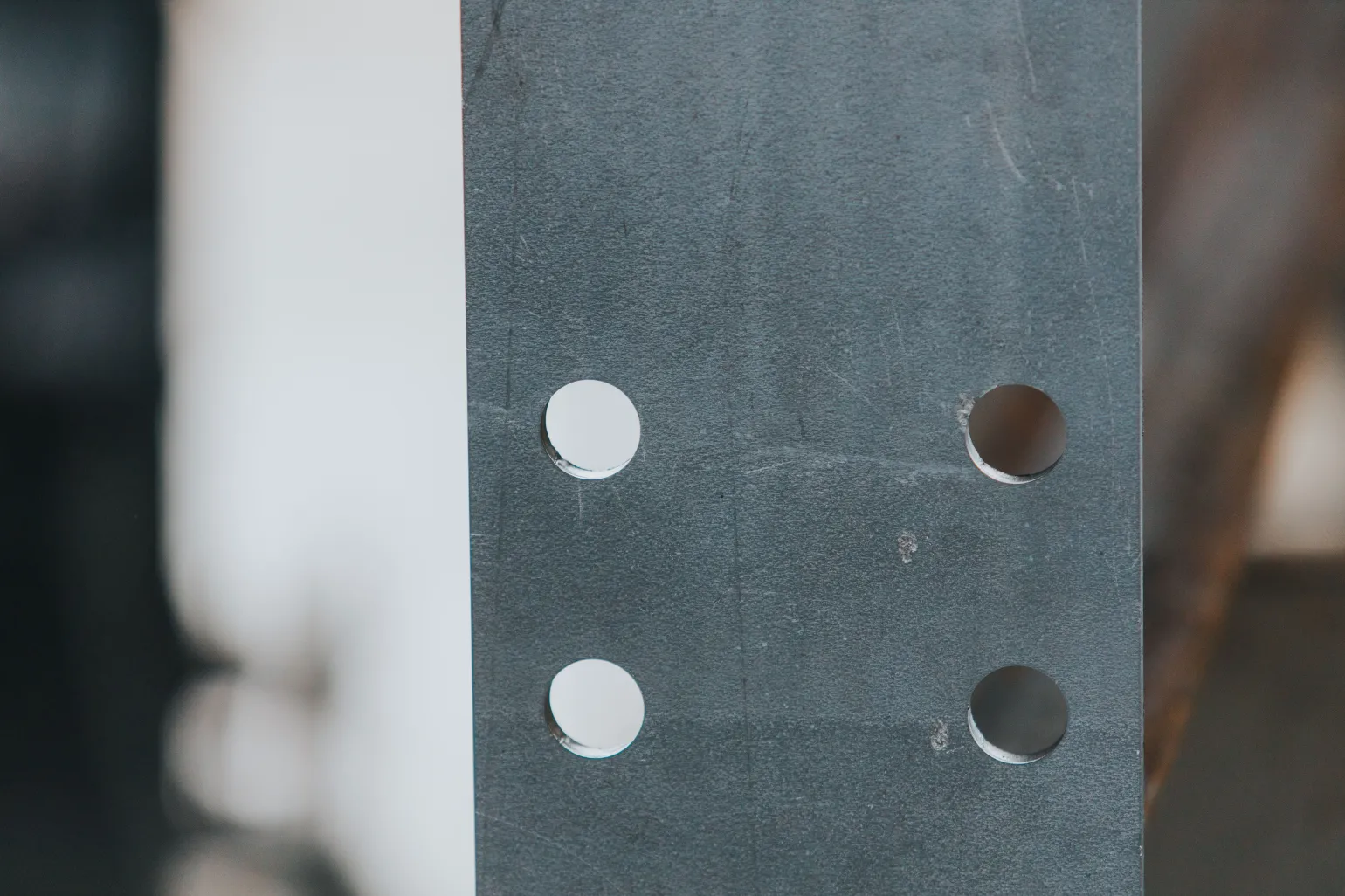Understanding the Punching Process in Metalwork: Techniques & Best Practice
The common, relatively simple process of punching holes in steel plate is one of the most important processes in metalwork. The technique uses hardened steel punches to cut holes of various shapes in sheet metal, preparing it for various applications in construction and other industries. Learn more about the process, best practices and techniques, and the benefits of punching.
Metal punching is the process of cutting a hole or impressing a form on the surface of sheet metal using a custom steel punch. The punch applies enough cutting force to remove a section of metal in the desired shape from the sheet.
This process is not limited to the various grades of steel. You can also use it to prepare metals such as aluminium, copper, and iron. However, you need to take into account each metal’s hardness when determining the amount of pressure that the steel punch must apply to ensure there are no imperfections in the finished product.
Use IMS’ professional steel punching services for all your metal punching needs. Our Ficep Tipo D4 punch & shear line is perfectly suited for high or low-volume processing angles and flats and channels with punched round, slot, square, or triangle shapes.
The simple explanation of the process of punching holes in steel plate is that a stainless-steel hole punch exerts pressure on a sheet of metal. Initially, the metal is deformed plastically. However, when the applied pressure exceeds the metal’s shear strength, the steel punch severs the metal’s fibrous structure, separating the section of metal within the punch from the rest of the sheet.
Let’s take a closer look at the process of using a hardened steel punch:
The correct dies are mounted on the custom steel punch before high-quality steel sheet metal is positioned carefully. The punch, which is connected to the press slide through a plate, penetrates the die and deforms the metal, forming a surface fracture and cutting out a section of metal in the shape of the punch and the die. The actual cutting parts are the contours of the punch and the hole in the die.
The section of metal punched from the sheet falls under the die, as the die has a section that widens from top to bottom. The punched-out section is picked up from under the die. A sheet metal guide system and, if required, a sheet metal presser is used to ensure that the sheet metal is positioned correctly and is not bent or deformed during the process of punching holes in steel plate.
Hardened steel punches arguably are the most common metal punches, but they certainly aren’t the only metal punching machinery available. As mentioned, you can also punch metals such as aluminium, copper, and iron. The hardness and other properties of every metal is different, so it’s important to consider these factors when punching metal. Techniques and best practices to guide you include:
Some of the many benefits of metal punching using stainless-steel hole punches and other metal punches include:
Punching holes in steel plate might be a simple process, but it plays a key role in preparing metal for a plethora of applications. Make use of IMS’ premium steel punching services. Contact us for a quote or for more details about how we can help you.


